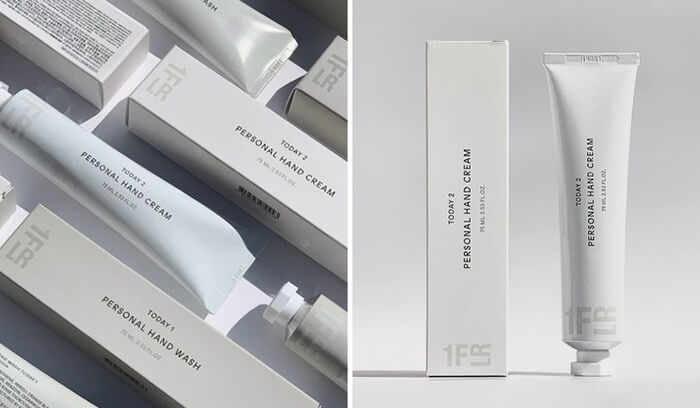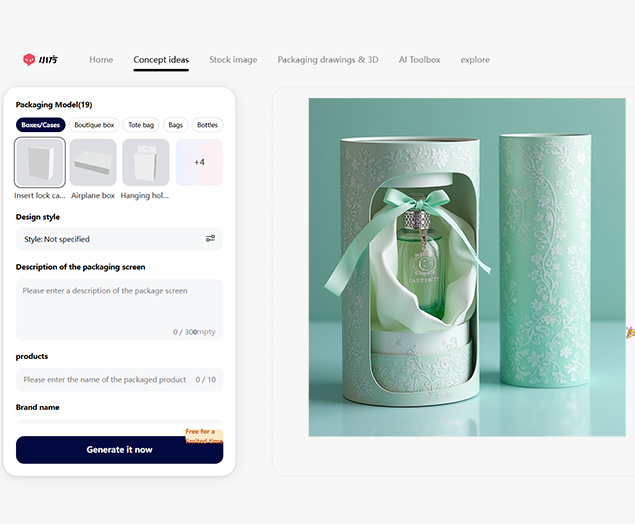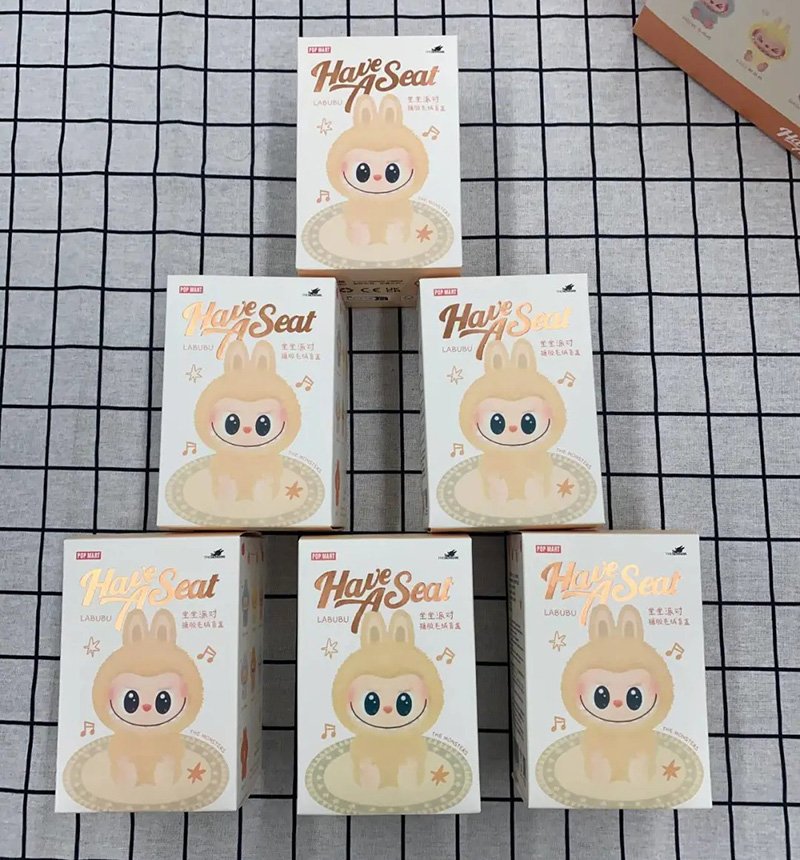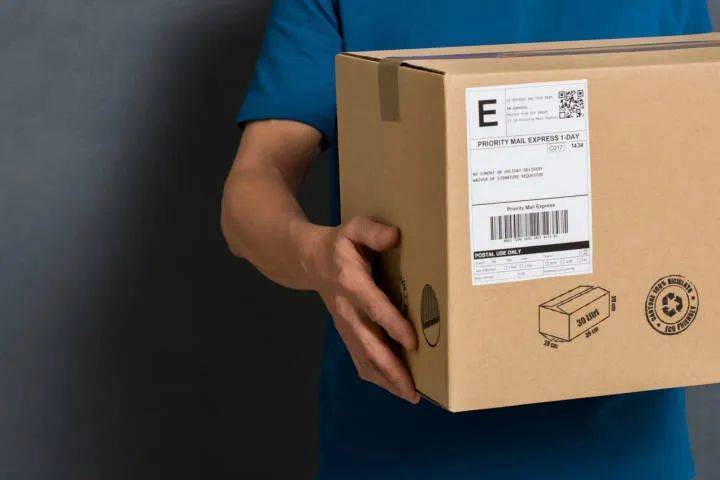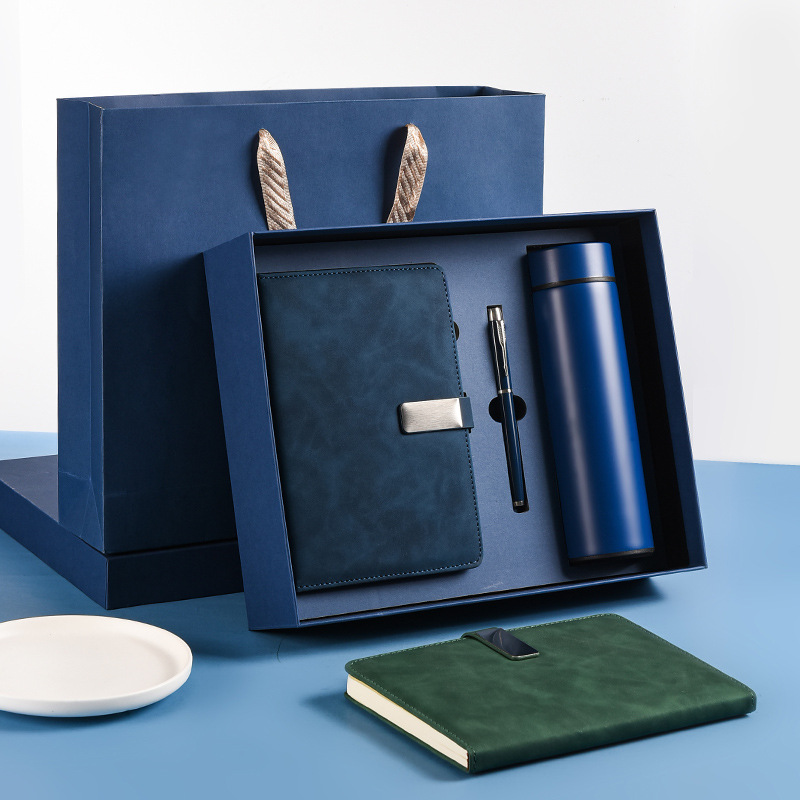Top 5 Best Biodegradable Sustainable Packaging Boxes 2023
In an era where environmental consciousness is at the forefront of consumer concerns, businesses are increasingly embracing eco-friendly packaging alternatives to meet their shipping needs. The global shift towards sustainability and eco-consciousness has given rise to innovative packaging solutions that not only reduce environmental impact but also cater to the demands of a planet-conscious customer base.
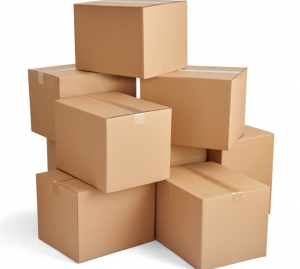
Top 5 Best Biodegradable Sustainable Packaging Boxes 2023
Eco-friendly packaging refers to packaging materials and solutions that are sustainable, biodegradable, recyclable, and non-toxic. The goal of eco-friendly packaging is to minimize the environmental impact of packaging waste. To help your business make a positive environmental impact, we bring you the top 5 most eco-friendly, biodegradable, and sustainable packaging boxes available today.
1. Corrugated Cardboard Boxes
Corrugated cardboard boxes are a staple in the world of eco-friendly packaging. They are biodegradable, recyclable, and often made from a significant percentage of post-consumer recycled content. These boxes are not only strong and durable, but they can be easily customized to suit your brand’s aesthetic.
2. Recycled Paperboard Boxes
Recycled paperboard boxes are another excellent choice for businesses looking to reduce their carbon footprint. Made from post-consumer recycled paper, these boxes are lightweight, biodegradable, and can be customized with eco-friendly inks. Their versatility makes them a perfect fit for a wide range of products.
3. Mushroom Packaging
Mushroom packaging, also known as mycelium packaging, is a remarkable innovation. It’s made from agricultural waste and mycelium, the root structure of fungi. These boxes are not only 100% biodegradable but also lightweight and strong. Mushroom packaging is an ideal solution for companies aiming to combine innovation and sustainability.
4. Plant-Based Plastic Boxes
Plant-based plastics, or bioplastics, have gained popularity as a sustainable alternative to traditional plastics. These boxes are derived from renewable sources like corn starch, sugarcane, or potato starch. They are biodegradable and have a significantly lower carbon footprint compared to conventional plastic packaging.
5. Padded Paper Mailers
For businesses seeking sustainable and versatile options for shipping smaller items, padded paper mailers are an eco-conscious choice. They are typically made from recycled paper and provide a protective cushion for delicate items. These mailers are compostable and recyclable, making them a go-to option for eco-friendly shipping.
What’s Eco-Friendly Packaging Trend?
Eco-friendly packaging is continually evolving to meet the demands of a world that is increasingly conscious of environmental issues. Some of the prominent eco-friendly packaging trends include:
- Minimalism and Simplicity: Minimalist packaging designs with clean lines and simple graphics are becoming more popular. This trend not only reduces material usage but also conveys a sense of environmental responsibility.
- Biodegradable Materials: Packaging made from biodegradable materials such as plant-based plastics, mycelium, and compostable films is gaining traction. These materials break down naturally, reducing long-term waste and pollution.
- Recycled and Upcycled Packaging: Using post-consumer recycled materials for packaging is not new, but it’s still a strong trend. Additionally, upcycled materials, which creatively repurpose waste materials into packaging, are on the rise.
- Reusable Packaging: Brands are exploring reusable packaging options, such as glass containers or cloth bags, which customers can return for a refill. This minimizes waste and encourages brand loyalty.
- Reduced Packaging Waste: There is a growing emphasis on reducing excessive packaging. Smaller and more compact packaging designs are being used to minimize waste and transportation costs.
- Water-Based Inks and Eco-Friendly Printing: The use of water-based inks and eco-friendly printing processes reduces harmful emissions and chemicals in the production of packaging materials.
- Smart Packaging: Smart packaging with QR codes or RFID technology is being used to provide customers with information about a product’s environmental impact, recycling instructions, and more. This enhances transparency and educates consumers.
- Edible Packaging: Edible packaging made from materials like rice paper or seaweed is a unique and sustainable option. These materials are not only biodegradable but also offer a distinctive user experience.
- Sustainable Sourcing: Companies are placing a greater emphasis on sustainably sourcing their packaging materials. This includes materials from responsibly managed forests, ethical supply chains, and fair labor practices.
- Alternative Delivery and Shipping Methods: Brands are exploring innovative delivery and shipping methods, such as bike couriers, electric vehicles, and carbon-neutral shipping, to reduce the carbon footprint associated with transportation and shipping.
- Interactive and Immersive Packaging: Packaging that engages consumers through augmented reality, scannable codes, or interactive elements is gaining popularity. This trend fosters a stronger connection between consumers and brands.
- Plastic-Free Packaging: As part of the global effort to reduce plastic waste, many companies are eliminating single-use plastics from their packaging, opting for more sustainable materials.
- Eco-Packaging Certifications: Brands are seeking and displaying certifications like FSC (Forest Stewardship Council), Cradle to Cradle, and others to prove their commitment to eco-friendly packaging.
- Catering to Vegan and Allergen-Free Needs: Packaging is being designed to accommodate dietary and lifestyle preferences, such as vegan or allergen-free labels, providing clarity for conscious consumers.
How To Choose Eco-Friendly Packaging For Your Business?
Selecting the ideal biodegradable material for your packaging demands a thoughtful and systematic approach. It begins with a deep understanding of your brand’s values and the image you wish to project. By identifying your specific packaging requirements, considering the durability, cost, and customization options, and evaluating end-of-life solutions, you can make a choice that harmonizes with your brand identity and supports your sustainability goals. Whether you opt for recycled paper, biodegradable plastics, compostable materials, or other innovative solutions like mycelium, each material has its unique advantages. Keep in mind that staying informed about emerging eco-friendly materials and regularly assessing your packaging’s environmental impact and customer response will help you make informed adjustments and contribute to a more sustainable future.
Incorporating eco-friendly packaging into your business not only helps the environment but also appeals to a growing consumer base that prioritizes sustainability. By choosing any of these five eco-friendly packaging solutions, you not only demonstrate your commitment to protecting the planet but also contribute to the broader movement towards a more sustainable and eco-conscious future.
Remember, selecting the right eco-friendly packaging box for your business depends on your specific needs, the nature of your products, and your commitment to sustainability. As the green movement continues to evolve, it’s essential for businesses to adapt and embrace eco-friendly alternatives, making responsible packaging choices that benefit both their brand and the environment.
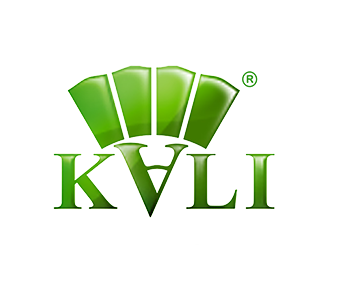
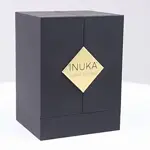
Top 10 Creative Cosmetic Packaging Design Ideas & illustrations 2023 | Luxury-Paper-Box.Com

Best Chocolate Packaging Designs of 2025
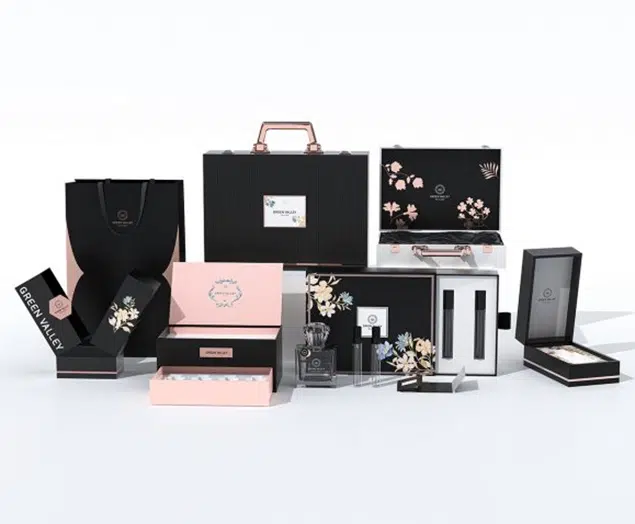
Perfume Packaging Design Trends 2025

Gang Run Printing: the Secrets & Advantages in Short Printing

Best Chocolate Packaging Designs of 2025
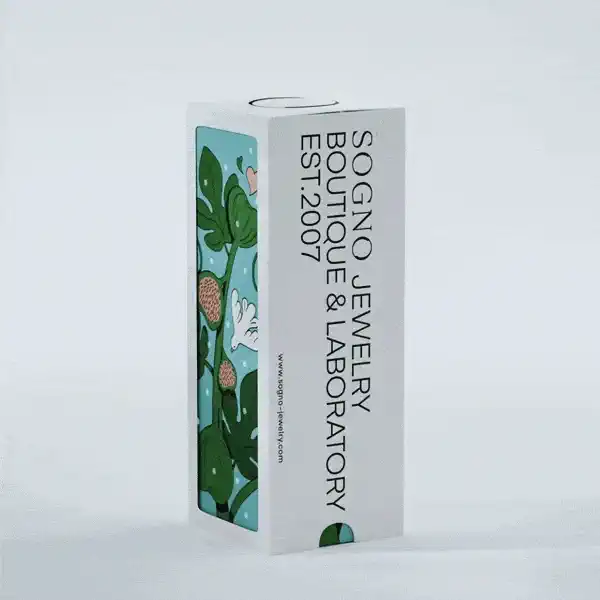


 kali@luxury-paper-box.com
kali@luxury-paper-box.com
